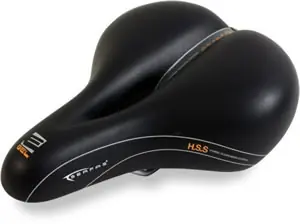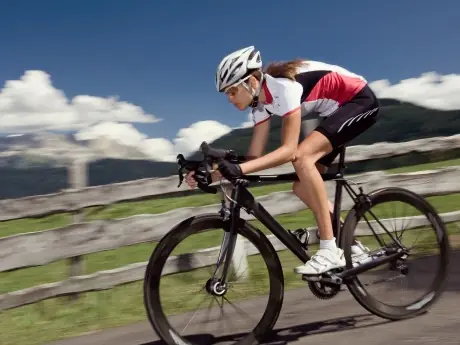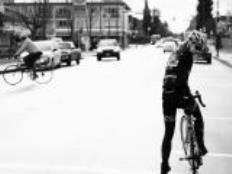
I have been getting numerous emails from people all over the country from my previous article on 10 Bicycle Fitting Myths. One very important area of bike fit that was not covered was saddles.
At FASTER, we receive emails and calls on a daily basis, "My behind is very sore," or "I experience uncomfortable pressure and numbness on my frontal area," to "I have tried many different saddles and can't find the right one."
Some of the symptoms people experience can be very uncomfortable, or even embarrassing to talk about. Some people have gone as far as needing medical attention for saddle sores. There's also a lot of confusion and myths out there on what makes a good saddle, so many people resort to the game of "Let's try this out and see how it's goes." As each person is very unique, the saddle that's the best for you might be the wrong saddle for another person.
Here's a list of myths that I've compiled to help you both understand the complexities and importance of the saddle in optimizing your bike fit:
More: 4 Steps to the Perfect Bike Fit
Myth No. 1
"That saddle looks hard, tiny, and uncomfortable. I need something that is bigger and with more cushion!"
When thinking of saddle shopping, think of bed shopping. When you are bed shopping, do you look for a mattress that is supportive or has no support? Do you like a bed to have some firmness, but also a little cushion? When you spend hours of your life sleeping, you want to find a bed that's not only going to provide a good night's rest, but make sure you don't get unnecessary soreness when you wake up in the morning. How does your body feel when you sleep on a bed that has no support?
When you are biking, you support your entire body weight on the saddle. The saddle needs to provide sufficient support to support your body whether you are riding 20 miles or doing a century ride.
Here's a saddle with lots of cushion:

I have seen this appeal to some people—especially when they are purchasing their first road bike. The only issue is that this type of saddle is not firm enough to provide support. As the person sits on the saddle, their body sinks in, putting pressure on the soft tissue areas (for both men and women).
Now instead of the sit bones providing support, and pushing the body up off of the groin area, the soft tissue is handling your weight and now you have started getting discomfort in your lower back and or can potentially get saddle sores.
More: Preventing Saddle Sores
- 1
- of
- 3









Discuss This Article